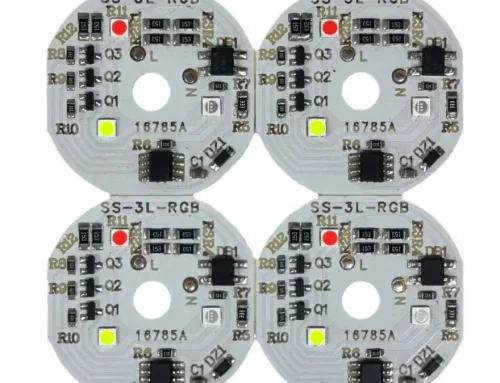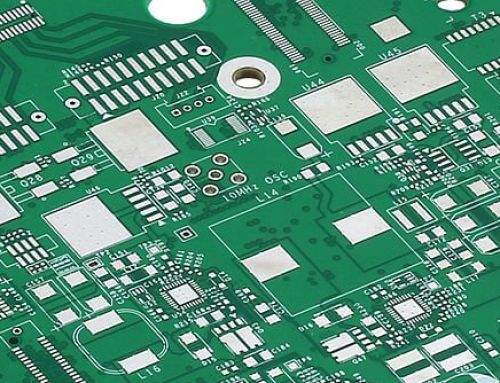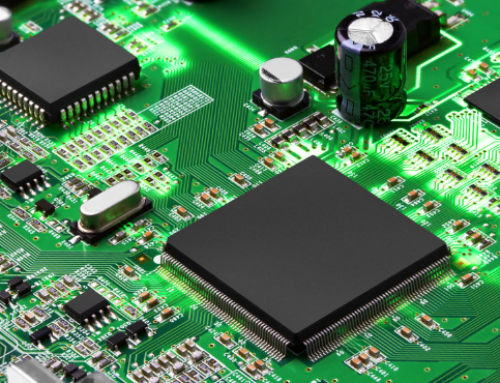What does PCB price consist of?
For many years, changes in PCB prices have been welcomed by individuals in the SMT processing industry, so let's analyze the main factors that affect PCB prices.
What does PCB price consist of?
Throughout the years, the changes in PCB prices have actually been popular to individuals inside and outside the SMT processing industry, although some individuals that have been participated in the PCB sector for several years might not totally recognize the ins and outs of it, so let's analyze the primary elements impacting PCB rates:
1. The price distinction caused by different PCB products is based on common double-sided boards. The boards usually have fr-4, cem-3, etc. The board thickness varies from 0.2 mm to 5.0 mm, and the copper thickness varies from 0.5 to 3oz. All of these have actually resulted in big differences in board rates; in solder mask inks, there are likewise certain price distinctions in between common thermosetting oils and photosensitive environment-friendly oils, so the diversity of materials has caused rate distinctions.
2. The manufacturing procedures made use of in PCBs are various, and the different manufacturing procedures and prices will lead to various expenses. For example, the production of gold-plated boards and tin-sprayed boards, the manufacturing of the shapes of milling (milling) boards and beer (red) boards, and making use of silk screen lines and dry movie lines will have various expenses, resulting in a selection of rates.
3. The rate difference is triggered by the trouble of the PCBs. Even if the materials and procedures coincide, the complexity of the PCB itself will certainly lead to various prices. Even if the materials and processes are the same, the intricacy of the PCB itself will lead to different costs. For instance, if two boards have 1000 holes, one board has a hole diameter more than 0.6 mm, and the various other boards have an opening diameter less than 0.6 mm, various exploration expenses will certainly be developed; if the two boards coincide, the line size is various. The distinction is that one is higher than 0.2 mm and the other is less than 0.2 mm, which also triggers different manufacturing prices. Since the scrap price of difficult boards is high, it will inevitably increase prices, leading to price differences.
4. Different customer requirements in SMT manufacturing will also trigger different costs. The degree of client demand will directly impact the board result price. For instance, an IPC-a-600e board calls for a 98% pass price for course 1, yet according to course 3 needs, it may only be a 90% pass price, resulting in various factory prices, and it lastly alters item costs.
5. Different PCB makers cause cost diversity. Even if it is the same item, different prices will be created as a result of different technical tools and process degrees of the producers. Currently lots of SMT producers like to produce tin-spraying boards due to the fact that the process is straightforward and the expense is reduced, but some manufacturers additionally produce gold-plated boards, leading to a high scrap rate and high price. For that reason, they choose to generate tin-sprayed boards, so the cost of their tin-sprayed boards is lower than that of gold-plated boards.
6. Price differences caused by different settlement methods. Presently, PCB handling manufacturing facilities generally change PCB costs according to various settlement approaches, ranging from 5% to 10%, which likewise creates rate differences.
7. Regional distinctions result in price diversification. Today, from a regional point of view, costs have a tendency to enhance from south to north. There are specific differences in rates in different areas, so different areas additionally create rate differences.
related Posts
Contact us
WhatsApp: +86-18123905375
Wechat: +86-18123905375
Skype: ali_youte
Email: sales@highqualitypcb.com




